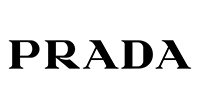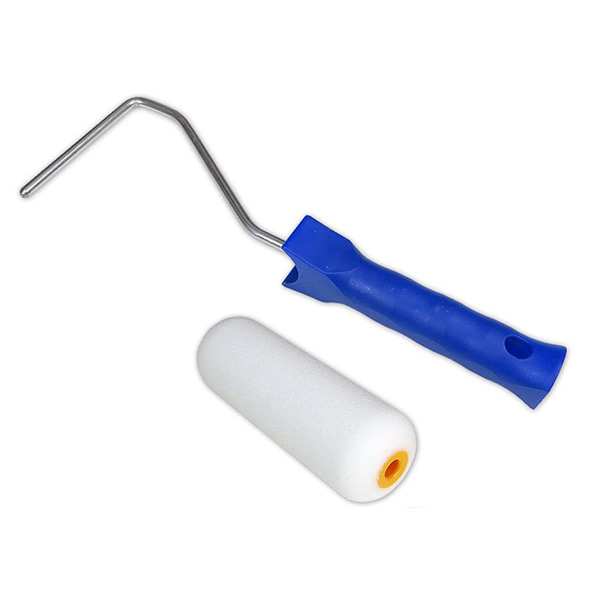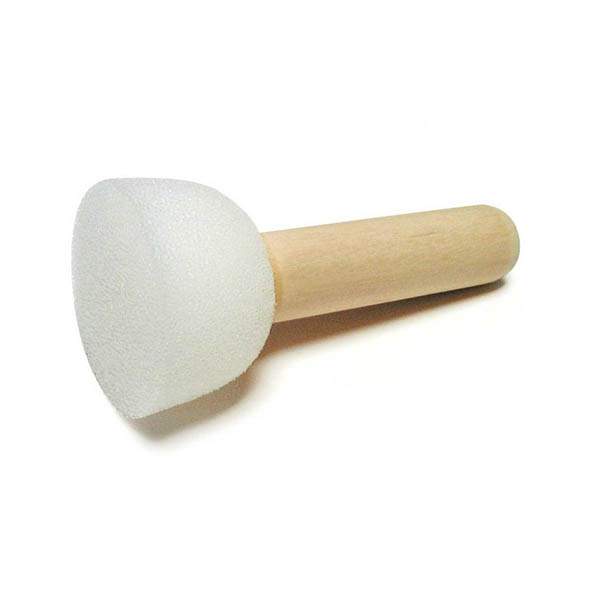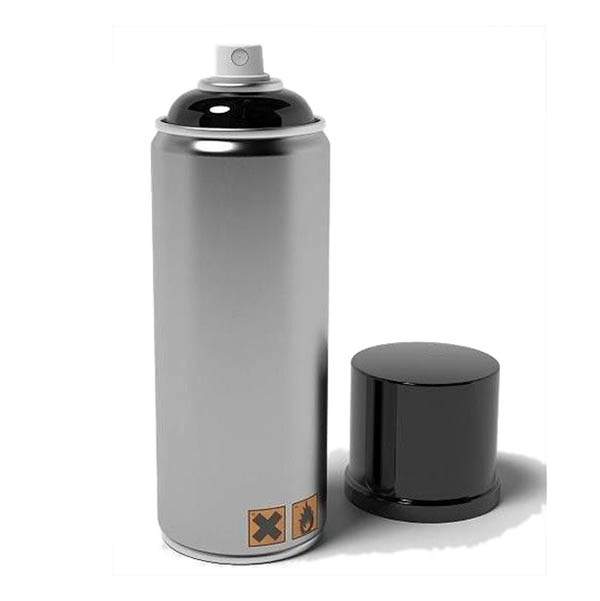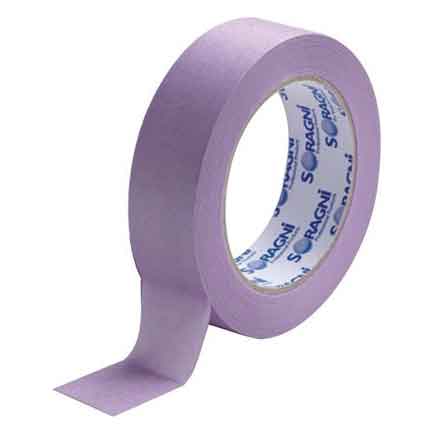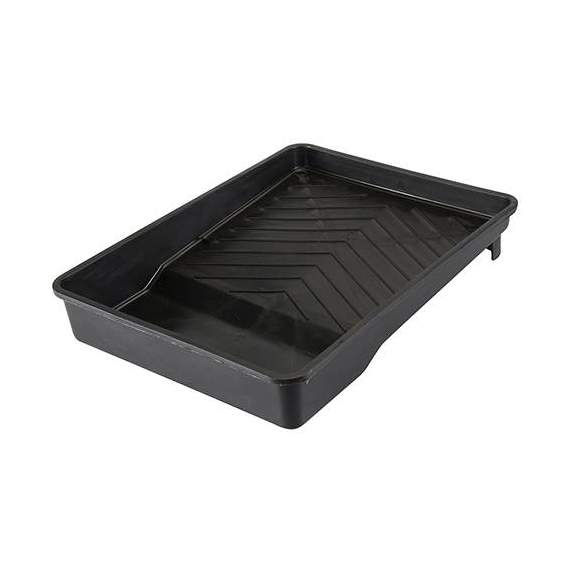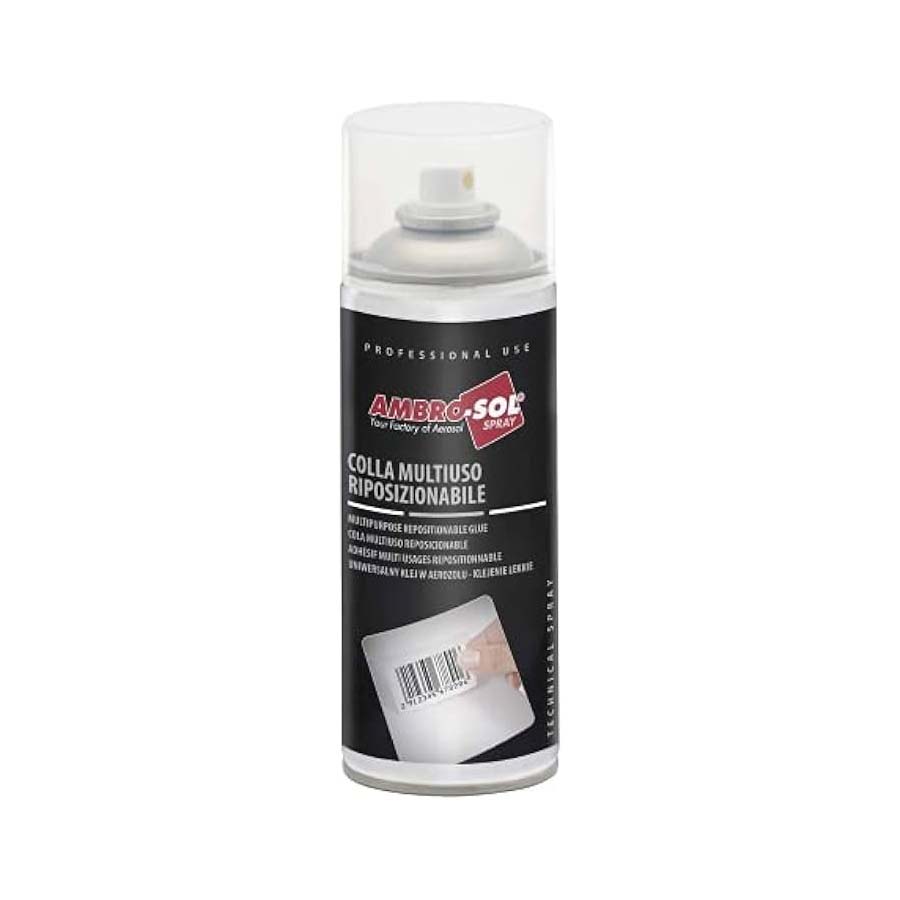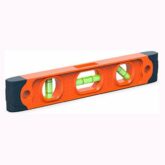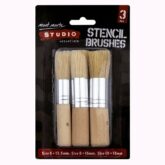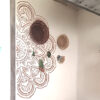Practical guide to making a stencil
Preparation of the surface on which to create the Stencil
To create a perfect stencil, it is important that the surface on which you will make it is well-prepared, free of dust and/or dirt, and without any damage, cracks, or other issues. The surface should be as smooth as possible.
If you want to create the stencil on a wall, for best results, we recommend painting with a satin-finish base coat with low sheen. This allows the wall to retain its natural porosity, which helps absorb the color and prevents any smudging during the application process.
Construction equipment
OTHER OPTIONAL ACCESSORIES
Optional accessories that can help you in the making
Paints and primers for various supports
For some types of surfaces it is necessary to pre-treat with a suitable primer or pore sealer (wood). The primer serves to make the support suitable for the paint to be applied and avoid annoying short or long-term detachment phenomena.
Parts protection
For a perfect stencil application, it is necessary to mask/cover all the parts you do not want to paint. We always recommend using newspapers or cardboard on the floor and masking the edges of the work area (for example, baseboards, corners, and moldings). To achieve this, you can use low-adhesion painter’s tape. We strongly recommend this over regular masking tape, as it might damage your work.
Paints
To make a stencil you will need excellent quality paints. These solutions will guarantee you a perfect and smudge-free result.
Optional Primer Application
If the wall has patched areas and discontinuities in the plaster, it will be necessary to repair them, sand with 200-grit sandpaper, and proceed to prime the repaired areas. Applying primer is very important if you want to achieve an impeccable result. Primer not only makes the surface homogeneous but also prevents the annoying problems caused by the detachment of plaster or paint when removing the masking tape used to position the stencil.
Base Coat
To achieve a result you can be very proud of, we recommend painting the surface with a short-nap roller or sponge roller to achieve a smooth finish. Using non-glossy, satin-effect paints that leave the wall sufficiently porous helps create a stencil without imperfections and perfectly integrated with the background. Additionally, satin base paints allow for easy touch-ups, enabling you to add brush touches or “erase” small mistakes with the base color.
Stencil Paint
For walls, it is advisable to use water-based acrylic paint. Artist-grade acrylics are also excellent and may even be superior, but if the surfaces are large, they might make your stencil project a bit costly. Therefore, we recommend visiting your trusted paint store or hardware store and asking for acrylic wall paint.
Fabric Paints
You can use specific fabric paints or artist acrylics mixed with a fabric medium. These mediums, mixed according to the proportions indicated on the packaging, ensure a smoother color and a less “stiff” result after drying. Fabric paints can be “set” with heat. Always follow the instructions on the bottle. It is recommended to iron the fabric after it dries to ensure the paint penetrates the fibers, significantly increasing the color’s durability and resistance over time, especially to washing, which should always be done in cold water.
You can iron the printed fabric using a moderately high iron temperature through a cotton cloth for about 1 minute, repeating as needed.
Food Coloring
If you are decorating a cake, sweets, or any other food, we recommend using natural coloring substances such as cocoa, strawberry, and other products extracted from foods that are as natural as possible. Alternatively, if necessary, you can use synthetic food colorings available on the market.
If you want to make a food stencil click here
Positioning
If you wish, you can decorate an entire wall with a stencil or use a single decorative stencil.
To execute a full-wall repeated matrix stencil, we recommend starting from the ceiling line and creating a complete vertical column, avoiding areas with windows or doors. Remember, even in this case, not to use traditional masking tape, as it can remove parts of the base paint and compromise the result of your stencil. To align the stencil, you can use a stencil level, which can be left attached to the stencil until all alignments are completed.
Thanks to the repeat marks on the stencils, you can align the base figure with extreme precision, placing it next to, above, to the left, to the right, and below.
Complete the first column and then reproduce it to the right and left.
If the right acrylic paint is used, there are no problems with drying times. On porous and well-treated surfaces, the paint dries very quickly.
For stenciling ceilings, it is highly recommended to use repositionable spray adhesive to achieve a sharp and smudge-free stencil.
The use of spray adhesive is always optional. In general, it helps to improve the final result of the stencil by ensuring sharper and smudge-free edges. To apply the spray, it is necessary to use a well-ventilated area and appropriate protective equipment (at least a mask). After applying the spray to the back side of the stencil, let it dry for a few minutes so that the adhesive adheres to the stencil and does not transfer to the wall during the application process.
Edges and Moldings
When you have finished all the areas where full stencils can be applied, it is necessary to proceed with creating “pieces” of stencils. Remember to never fold the stencil.
You can create the corner parts or those interrupted by baseboards or moldings using adhesive tape or by cutting the stencil as needed. Identify the larger sections to be stenciled and progressively cut down to the smaller “modules.”
For baseboards, door, and window moldings, it is necessary to mask the areas to be protected and slightly deform the stencil for application.
You can touch up the stencil with a stencil brush.
Do you want to make YOUR OWN personalized STENCIL?
Remedy errors and smudges when making the stencil
Smudges and imperfections are characteristic elements of a stencil and ensure an “artistic effect.” Clearly, they can be minimized in cases where they are not desired. In general, they are barely noticeable when the work is completed and the observer views the entire project.
However, to minimize such issues, we recommend:
- Using non-glossy paints
- Using high-quality acrylic paints
- Applying the stencil on perfectly smooth and absorbent surfaces
- Not overloading the roller or brush
- Coloring with the roller by making successive passes without pressing too hard on the roller
- For very precise results, using adhesive stencils or spray adhesive
- Correcting small errors with a damp cloth or sponge while still fresh, or covering them with the base color using a brush.
Cleaning of accessories
Wash your brush with mild soap, preferably natural. You can use a very rough surface to better clean the bristles. If you need to take a break, you can store rollers and brushes in a damp cloth and wrap them in plastic wrap. Clean all the tools used as soon as you finish the work, while the paint is still fresh. Always follow the instructions on the product packaging.
Clean the stencil
Use a flat surface to lay down the stencil for cleaning. Spray it with water, wait a bit for the paint to loosen, and clean it with a sponge under running water. If the paint is very dry, we recommend leaving it in water for a bit longer. When the stencil is clean, dry it by placing it on absorbent paper and blotting it on both sides. It is not necessary to clean the stencil every time you use it. We recommend doing so every 10-20 applications at most, or whenever you start to notice any imperfections in the work.
Store your stencils
To store your stencil, we recommend placing it between sheets of paper or cardboard and possibly under pressure. This solution will ensure virtually eternal durability.
ABOUT STENCIL, YOU MAY BE INTERESTED IN THESE ARTICLES…







